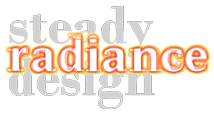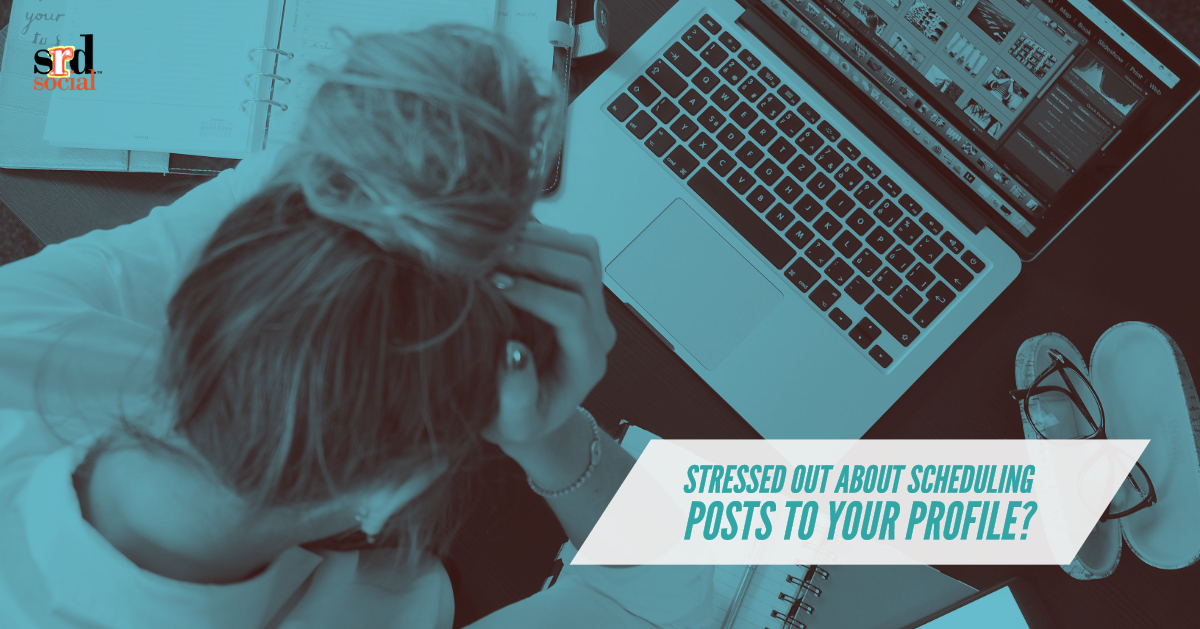Copywriting 101: Features vs. Benefits in Sales Copy (And How to Know the Difference)
If there’s one thing that confuses and frustrates new (and even seasoned) copywriters when writing sales copy it’s the not-always-obvious features and benefits. (Are you thinking “I’m not a copywriter, so why should I care?” Trust me, if you’re an entrepreneur, you’re probably a copywriter.)
For example, say you’re a coach and you want to share all the great things about your new coaching program, so you say things like:
- 6-week self-study course
- Includes workbooks and live training
- Members’ only discounts
While these are all good points, they’re pretty bland. That’s because they’re features, not benefits. They tell us about the program but not why we should buy it.
Benefits, on the other hand, tell us the “so what” of features.
“6-week self-study course.” So what? Why should your reader care?
- Because they’re busy and need to work on their own schedule, not yours.
- Because they’ve already studied shorter, less comprehensive courses and need more in-depth information.
- Because they prefer to learn on their own, not in a group.
“Includes workbooks and live training.” So what? What are the benefits of workbooks and live training?
- Your student can put what they learn into action with workbooks.
- They can get their specific questions answered during live training.
- They can work through complex issues with the help of the group.
As you can see, benefits go much further than simple attributes, such as length and format. They show your prospective client not only what’s in the program, but why the product is exactly right for them, at this specific moment in their life and career.
Use Features and Benefits to Compliment Each Other
Features and benefits work together in sales copy as two halves of a statement, like this:
“6-week self-study course so you can learn at your own pace when it’s convenient for you.”
In fact, this powerful feature/benefit combo is often the basis for the bullet points you see in sales copy, and the format of them makes them easy to write, too.
How to Write the Feature/Benefit Combo
Simply list all the features of your product, then for each one, ask yourself “Why?” Why should the reader care? But don’t stop there. Dig deeper to uncover “the why behind the why” and you’ll soon be crafting truly irresistible sales pages that convert far better than you expect. In the above example, the why behind the why might be, “so you don’t have to spend family time on webinars that have been scheduled to benefit someone else.”
Now not only is your prospective client working at their own pace but they’re also freeing up time to spend with her family. That’s a great benefit they won’t find with most courses.
It’s easy to list all the features of your product or coaching program, but far more difficult to uncover the benefits that will drive sales. When you truly understand the difference though, it will become easier, and your sales will reflect the change in your copy.


